 Tourist Athens, tourist brands: BMW and McDonald’s, Gucci and Bill Blass and all the others. Starbucks is here, though Jacobs Coffee, a German brand owned by Kraft Foods, is giving it a run for its money in Flocafe cafes throughout the city.
Tourist Athens, tourist brands: BMW and McDonald’s, Gucci and Bill Blass and all the others. Starbucks is here, though Jacobs Coffee, a German brand owned by Kraft Foods, is giving it a run for its money in Flocafe cafes throughout the city.Local brands are a bit harder to find unless you go into the local grocery stores. Nevertheless, there are some powerhouse brands here: Ioli Water, a product of Athenian Brewery, is constantly top-rated by reviewers. Its bottles feature labels by various artists.
Through great personal effort, Barbara and I tasted a large number of different ouzos, the licorice-tasting aperitif that’s Greek indeed. We can report that the very best is Sans Rival Ouzo from P. Thomopoulos & Son SA, produced in Piraeus for about a hundred years.
My favorite (and not so local anymore either) is probably Minerva Olive Oil – which is no small brand here. In 1904, the Karakostas-Giannakos Company expanded its activities and began to trade in olive oil, the most valued product grown on Greek soil. The Minerva bottles, with the goddess Athena as the company’s symbol, are obvious on Greek grocery store shelves. I don’t know why Athena is on the bottles when the name is Minerva...I suspect it has something to do with Athens being the company’s home base. Its original office, as far as I can understand it, was here in Omonia where we are staying.
Since it’s now an international company itself with a wide range of products, it’s not so surprising that its agency is TBWA Athens – its web site was created by “Greek Geeks.” Really.
But you do have to get off the tourist squares and streets to find the local products...not just branded ones, either, but the staples of everyday living from fresh fish and meats to nuts and bolts. That’s the best way to tour anyway, no matter where you are in the Euro Zone.
Happy New Year to oil!






















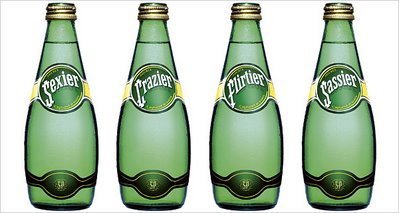
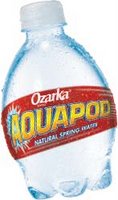
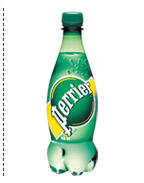

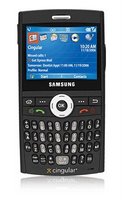


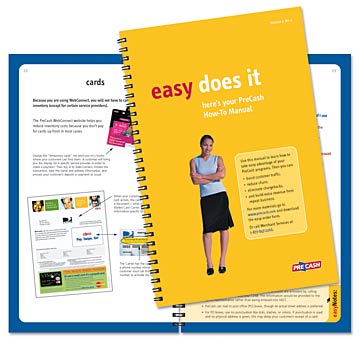

 You know and I know that a good marketer can look at a “thing” and figure out what the benefits are for our various audiences or prospects. Transparency, for example, answers a major complaint from healthcare’s stakeholders (including physicians) and it is very, very marketable.
You know and I know that a good marketer can look at a “thing” and figure out what the benefits are for our various audiences or prospects. Transparency, for example, answers a major complaint from healthcare’s stakeholders (including physicians) and it is very, very marketable.